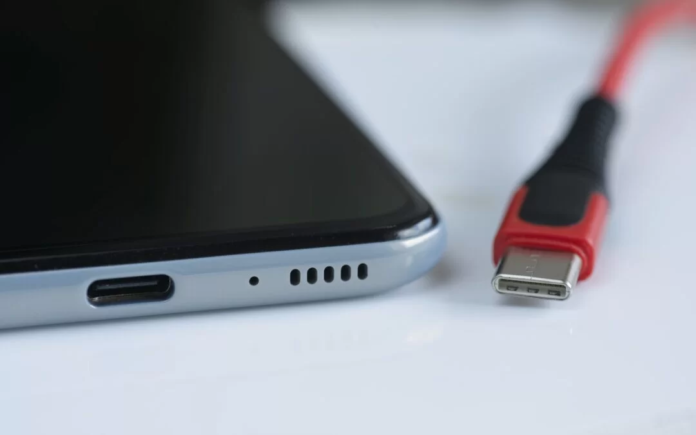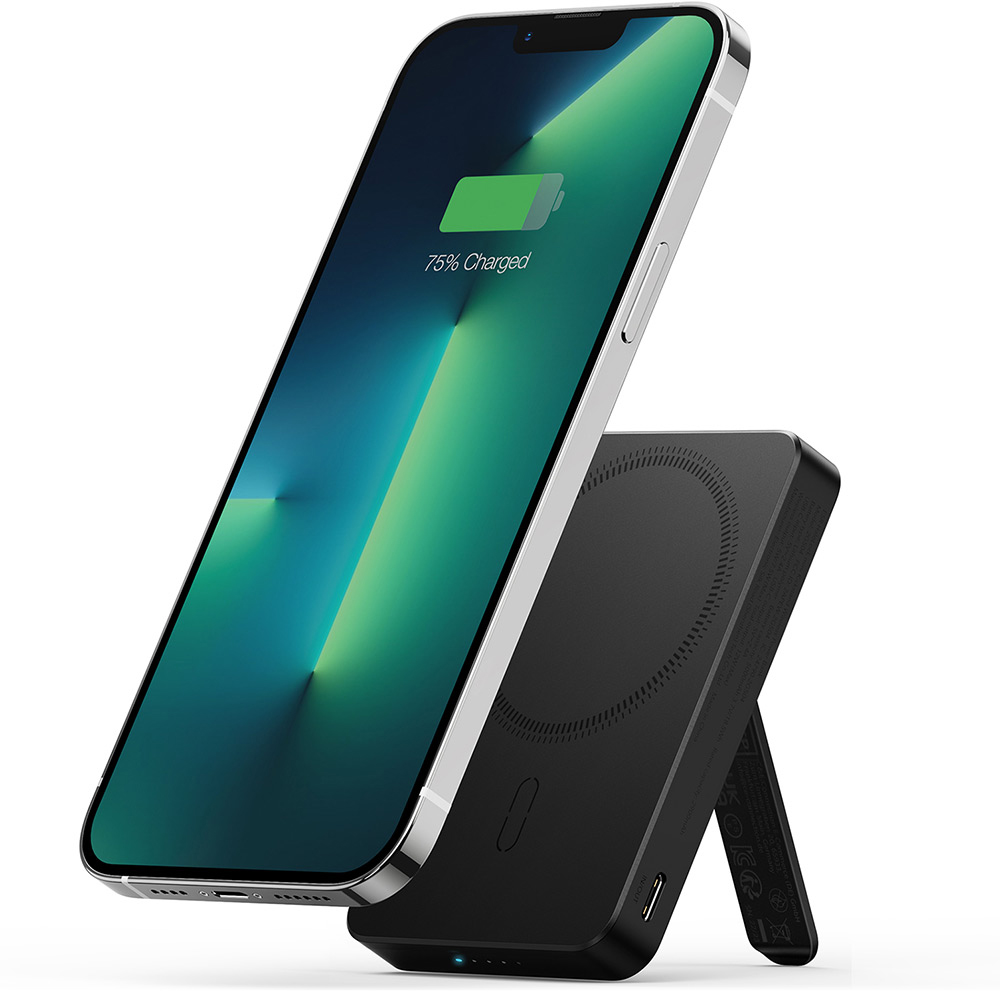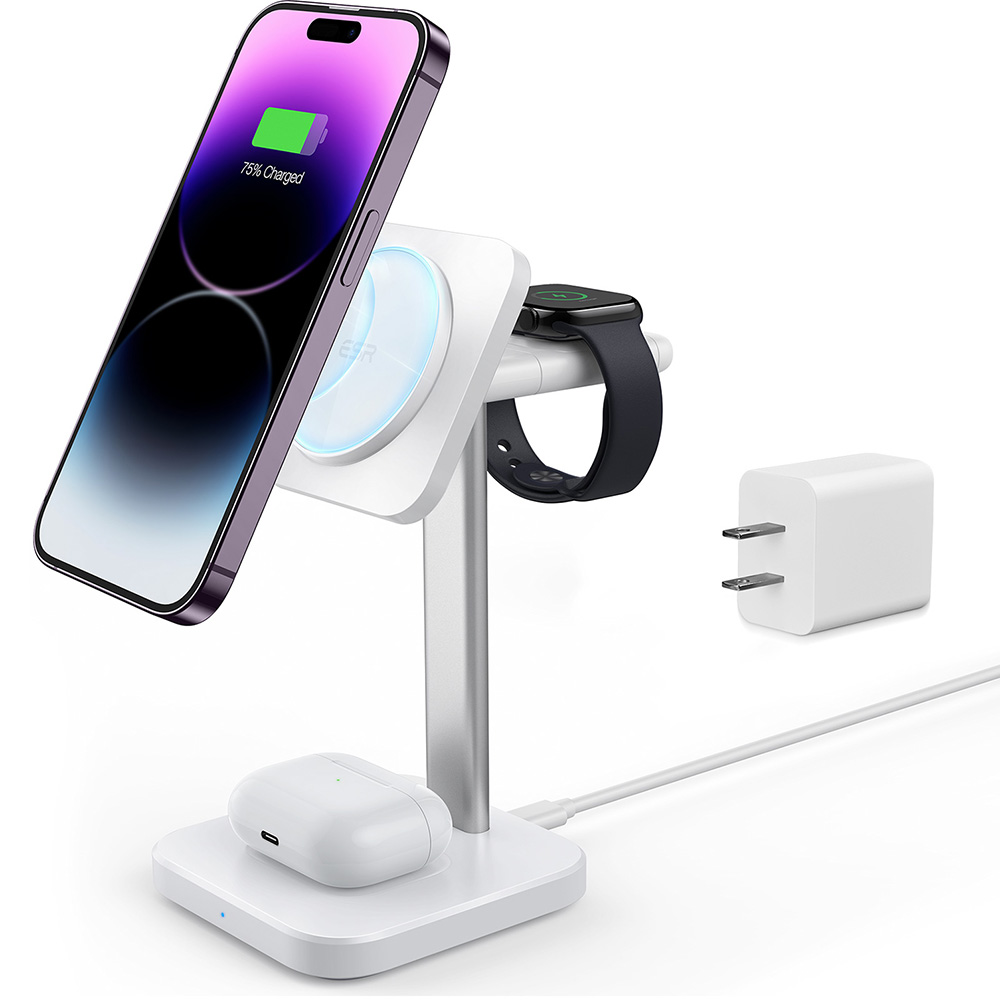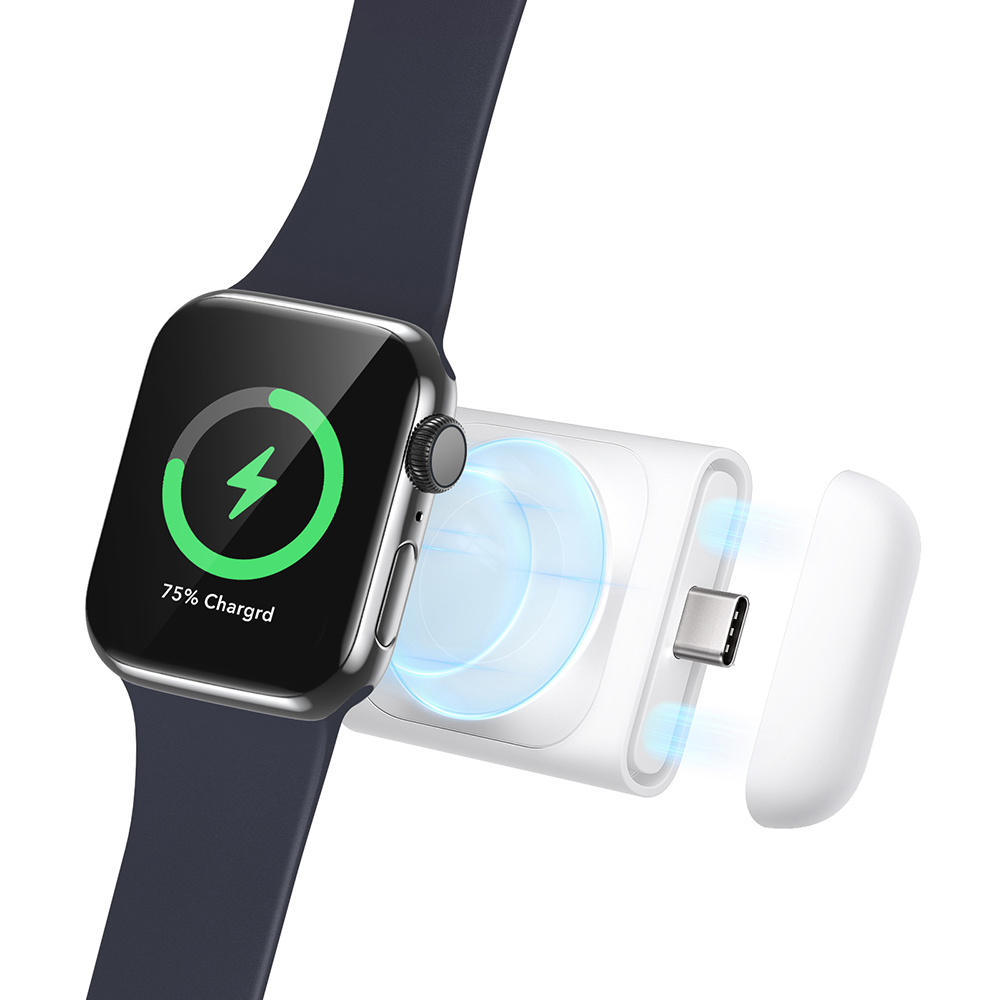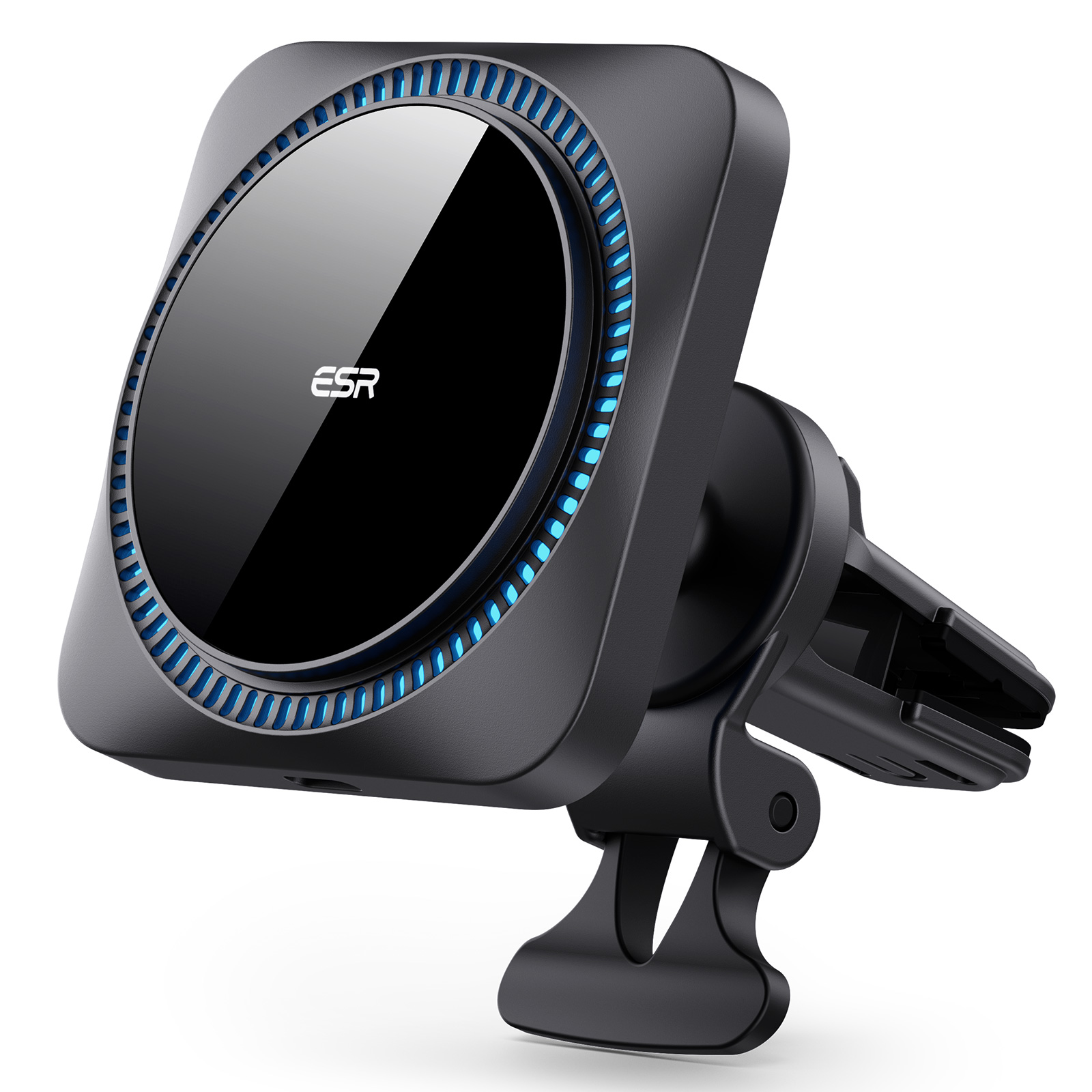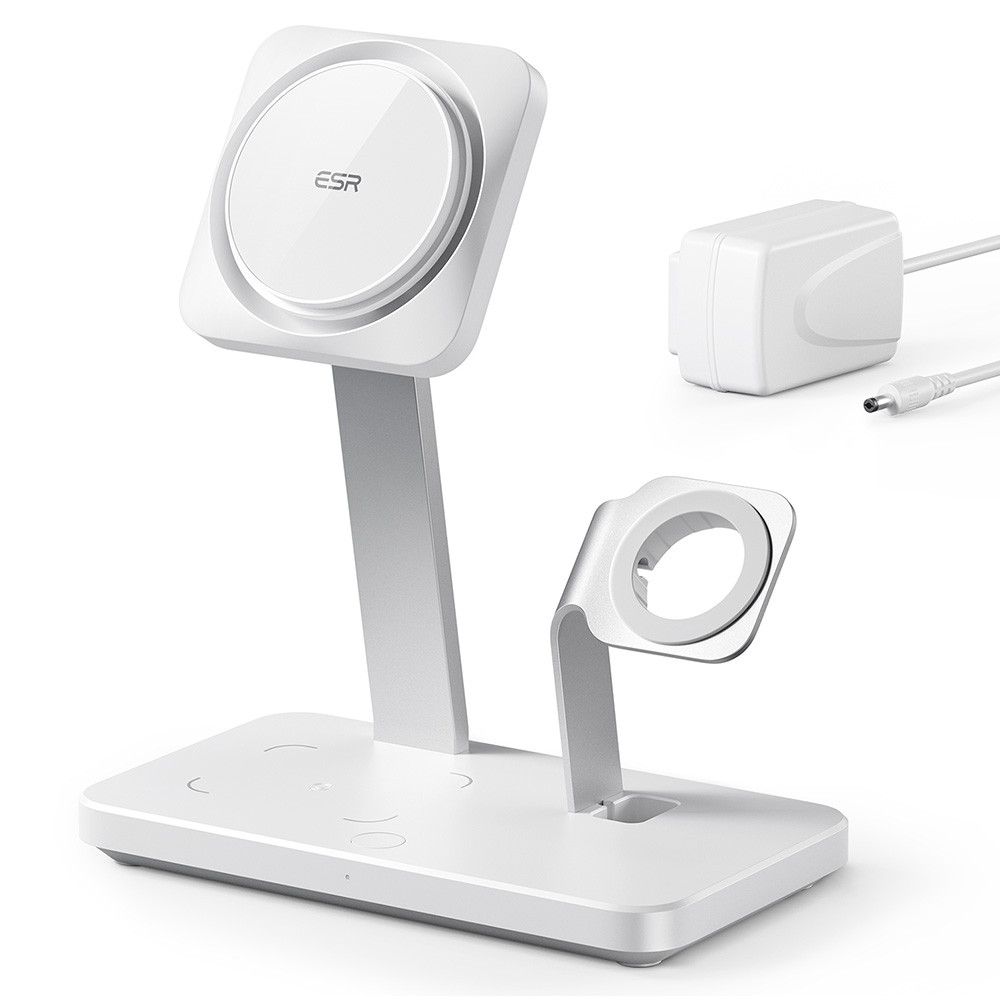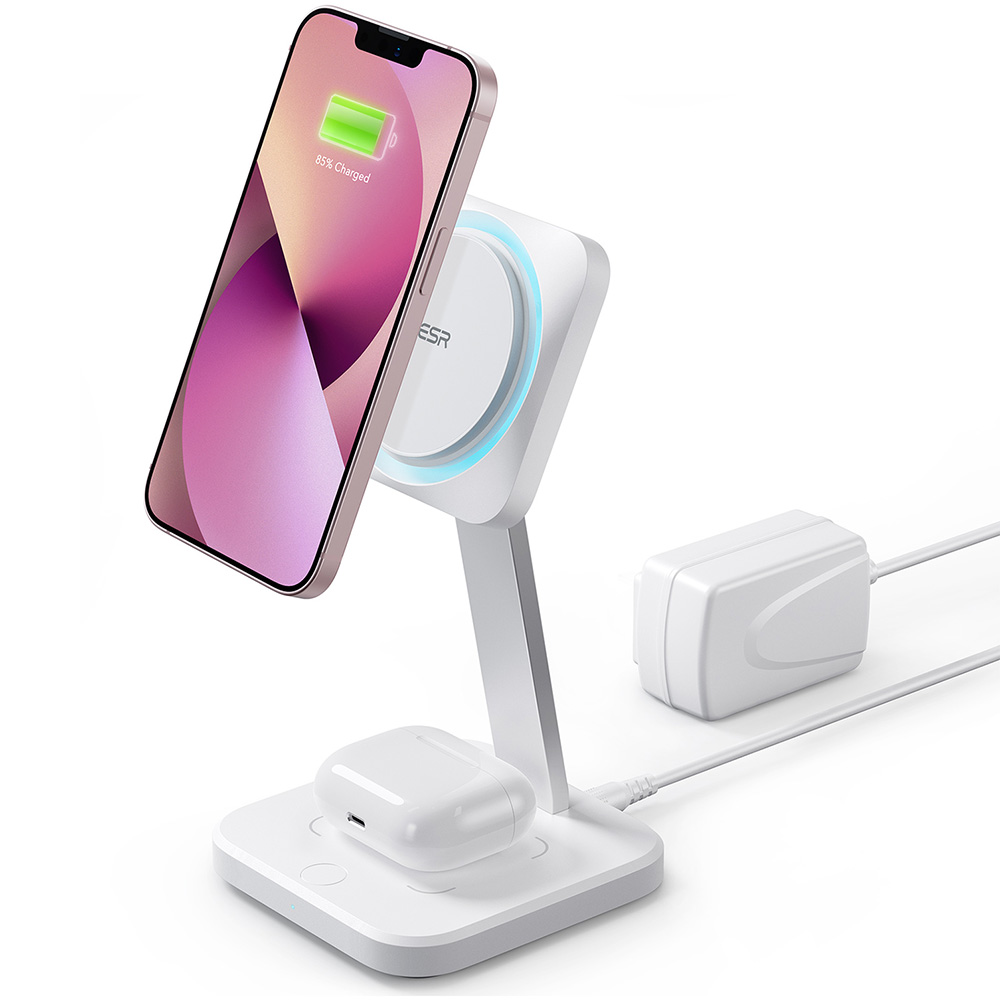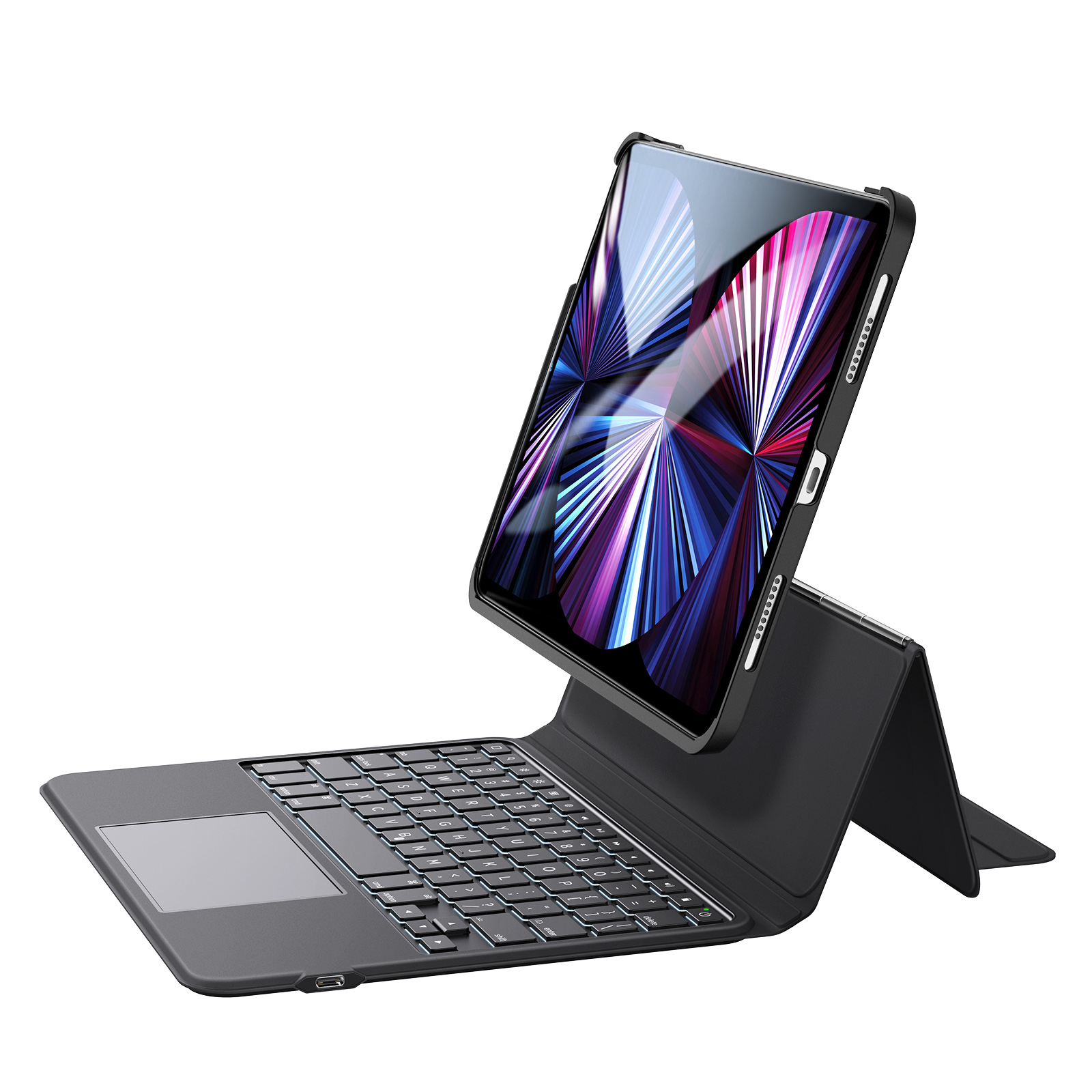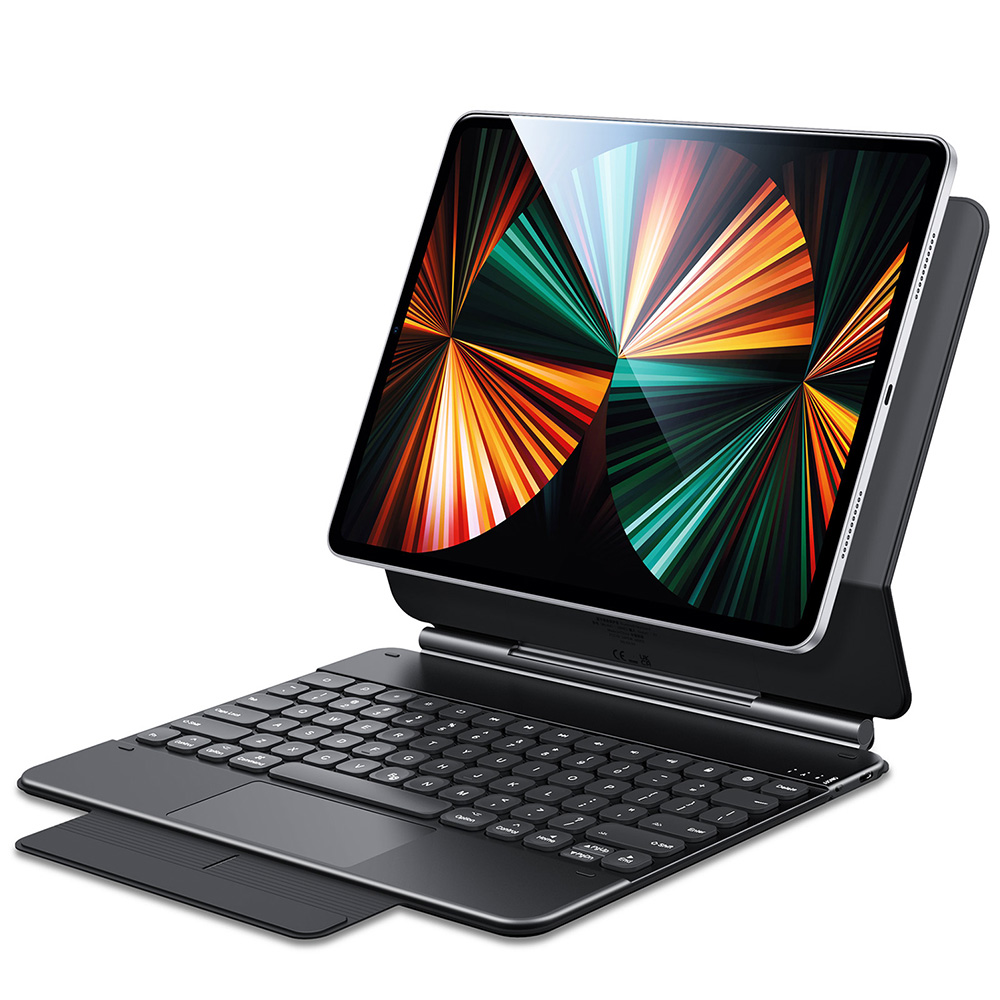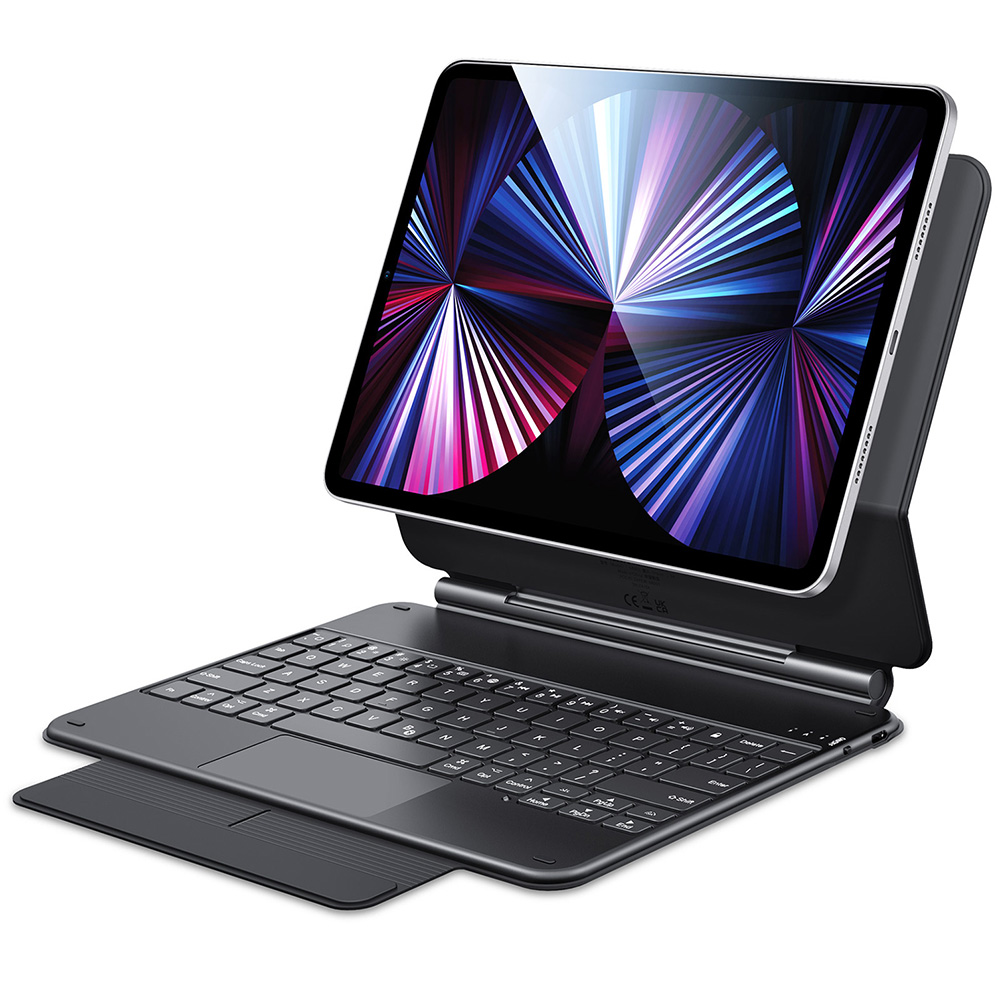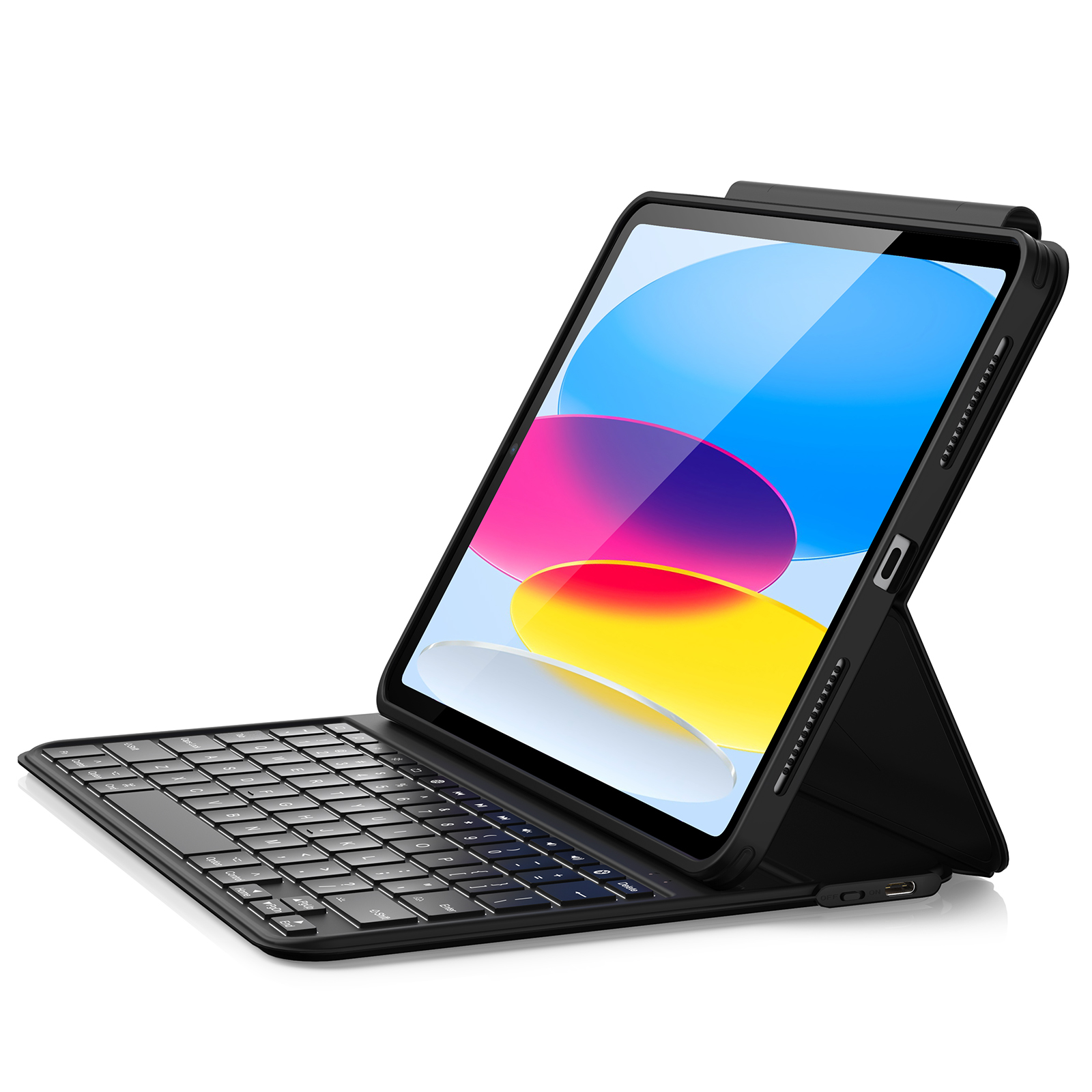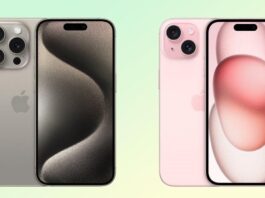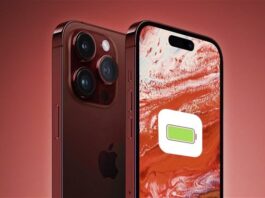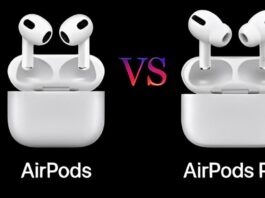The importance of phone chargers cannot be overstated. However, talking about common phone charger types, USB cables are available in various forms, shapes, and sizes, and they have undergone significant advancements over time. This article will highlight the different types of chargers on the market and the right one for you.
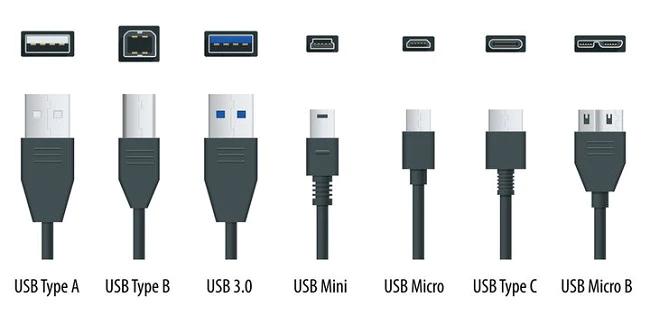
1. USB Type-A Charger
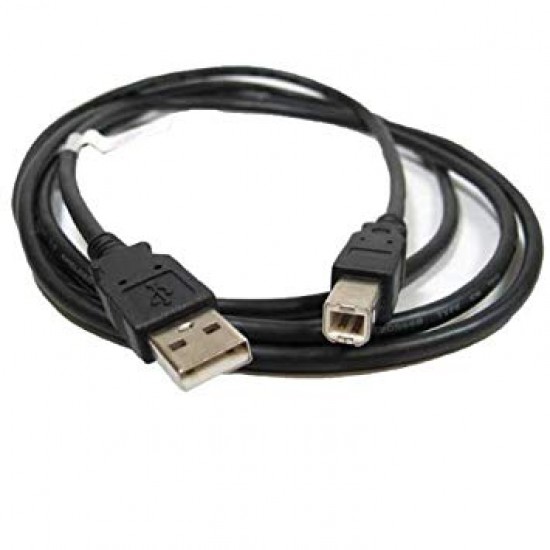
USB Type-A chargers are equipped with male connectors that are designed to be plugged into the female Type-A ports found on host devices such as computers or laptops. These chargers are typically rectangular in shape, with the bottom portion consisting of pin connectors. On the other end, various devices like mobile phones, power banks, and iPods can be connected using different charger ends, such as Type B or C.
However, there is something important you should know about the Type A chargers. They are inflexible and can only be used with specific ports, which are becoming one of the outdated types of chargers in today’s modern host devices. That doesn’t make them entirely useless tho.
2. USB Type-B Charger

Moving on, the USB Type-B connectors are designed to be inserted into the female Type-B ports found on larger peripheral devices such as printers, scanners, and external storage devices. These connectors have a distinct square-like shape with sloped corners on the top. On the other end, they can be equipped with either Type A or C connectors, enabling them to connect to external devices like computers.
The main purpose behind the creation of Type B connectors was to mitigate the risk of mistakenly connecting two host computers together instead of linking a peripheral device. However, like type A and type B ports are becoming less common in the commercial market and are being replaced by newer types of USB chargers.
3. USB Type-C Charger
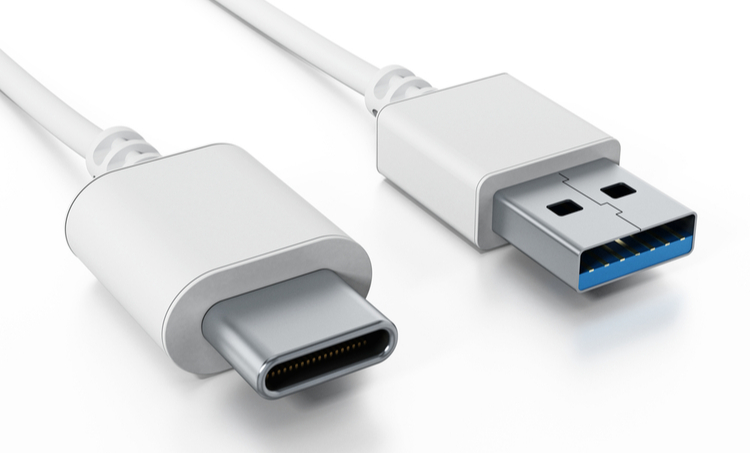
Save 25% OFF MagSafe Charger with code: ESRBLOG
Next on, is the USB-Type C chargers which have emerged as a relatively recent addition to the realm of charger ports. In just a short span of time, they have surpassed traditional charger ports such as A or B, becoming the preferred choice for many, especially as one of the common cell phone charger types. One of the main advantages of these connectors lies in their reversible design, allowing users to plug them into the port in any way for a secure and snug fit.
Moreover, USB-C chargers boast impressive connectivity capabilities, enabling faster data transfer and swift charging of peripheral devices connected to the ports. Notably, renowned brands like Samsung and Nexus have embraced Type-C chargers as their default option for phone charging. Even the latest iPhones would also feature Type-C chargers.
4. Lightning Charger
When you think of iPhones, think of lighting chargers. In fact, another name for the lighting charger is the iPhone charger, one of the most common phone charger types. Lightning chargers serve as a means to connect various Apple mobile devices, such as iPhones and iPads, to a multitude of external devices like computers, monitors, cameras, and other peripherals. These chargers play a vital role in ensuring seamless connectivity and efficient data transfer between Apple devices and their compatible counterparts.
When it comes to selecting the most suitable Lightning charger for your specific needs, there are several factors and considerations that can be taken into account. However, if you own an iPhone you want to check out this highly recommended, and MFi-certified product below:
3 ft/1m MFi USB-C to Lightning PD Charging Cable
This PD Fast Charging cable is compatible with several iPhone models and can charge your phone up to 50% in just 30 minutes when paired with a USB-C PD charger. It is made with durable braided nylon and has been tested to withstand being plugged in over 5000 times.
This cable is MFi-certified, ensuring a safe charge for your Apple devices. It also allows for stable file transfer between your iPhone and MacBook without any compatibility issues.
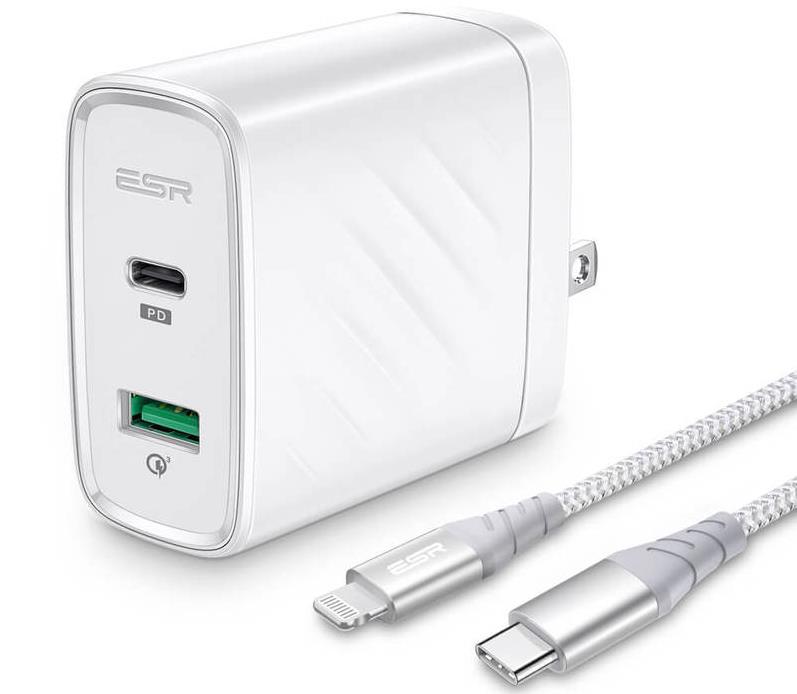
5. Mini-USB Charger
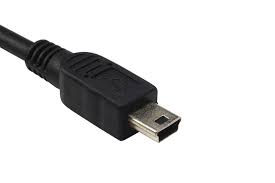
For many people, the era of Mini-USB Chargers has officially come to an end in the electronics industry. However, it’s important to acknowledge the significant impact these chargers had on the way devices were powered, particularly during the era of digital cameras.
Their compact size and thicker build set Mini-USB chargers apart from their counterparts, making them one of the revolutionary phone charger types. The cable itself featured a standard flat-end USB on one side, while the other end housed a smaller version of Type-A, B, or C Chargers, depending on the device’s compatibility. Despite their many advantages, the Mini-USB chargers lacked on-the-go compliance, which meant they were unable to support the seamless switching between host and device roles.
6. Micro-USB Charger
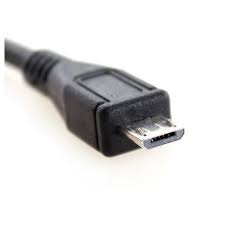
Just like the lighting charger is popularly referred to as an iPhone charger, the micro-USB charger is usually referred to as an Android charger. Micro-USB chargers are incredibly popular and are widely available worldwide. In fact, renowned brands such as Samsung and LG, Tecno, Xiaomi, Redmi, Vivo, and others have adopted Micro-USB chargers as the standard cell phone charger types for their mobile phones on a global scale. However, the emergence of Type-C chargers has had an impact on their popularity.
Nevertheless, these chargers offer several advantages over Mini-USBs, making them the preferred choice for many users. One notable advantage is their compact size, which is smaller than that of Mini USBs. Additionally, Micro-USB chargers are OTG (On-the-Go) Compliant, allowing for easy connectivity and file transfers. Notably, these chargers support a high data transfer rate of up to 480 MBPS, ensuring efficient and quick data transfers.
7. USB 3.0 Charger

USB 3.0, also known as SuperSpeed USB, is the first groundbreaking advancement in the mobile industry. It surpasses its predecessor, USB 2.0, by providing an exceptional data transfer speed of up to 625 MB/s and a rapid charging capability of up to 900 mA. This makes USB 3.0 a remarkably fast option available in the market. An easy way to differentiate between USB 3.0 and USB 2.0 is by observing the distinctive blue color on the USB ports. However, the continuous evolution of USB technology has led to the development of USB 3.1, known as SuperSpeed+, and USB 3.2 Chargers. These innovative chargers combine the power of SuperSpeed and SuperSpeed+ to deliver astonishingly high data transfer rates of 2500 Mbits/S.
These types of chargers also come in different subtypes, such as USB 3.0 Type A, B, or C, catering to various device requirements and compatibility. Among these subtypes, the 18W Fast Charger USB Type-C has gained significant popularity due to its exceptional performance and efficiency.
Conclusion
A charger is very important because it is a tool that replenishes the power of your mobile phone, tablet, or any other device. However, it is crucial to recognize the significance of investing in a top-notch charging cable that will reliably serve you and resolve any issues. Overall, selecting a charger ultimately depends on the type of device that you use. Nevertheless, it is imperative to select the appropriate charging cable and to choose a cable of superior quality, irrespective of its cost, as it will serve as a long-term investment for you.

